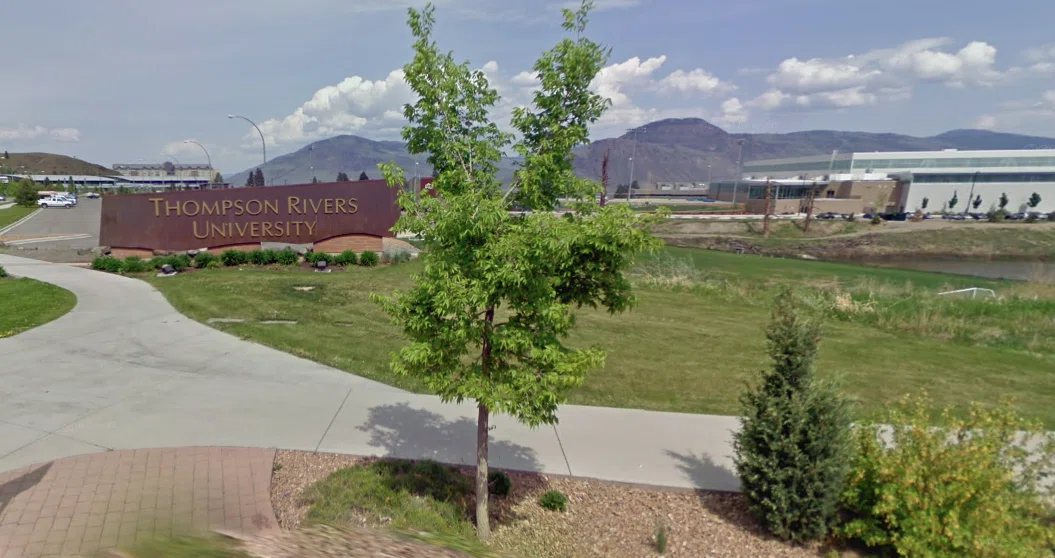
The Vice President of Finance says that Thompson Rivers University is looking at a significant decline in enrollment this year.
It is currently projecting a deficit of nearly $9 million. Much of that stems from enrollment being down. International enrollment is down about 30% while domestic enrollment is down between three and six per cent. Official numbers will be finalized on September 22.
Matt Milovick is estimating that somewhere between 50 and 80 employees at TRU are set to be laid off as a result. About 110 layoff notices were handed out earlier in the summer.
Milovick says the actual number of layoffs is a bit of a churn right now. “Some of those layoff notices have been rescinded. Some people are being offered temporary leaves where there’s an expectation where their work could return in four to eight months. We’ve made some changes in administration as well. Created some redundancies in positions.”
“It depends on a lot of circumstances. Like I said, some have been rescinded, some have been converted to temporary leaves. We’ll see, but there will be job losses. I guess if I were to estimate it I’d say somewhere between 50 and 80 between our staff and administrative roles.”
“There is job loss everywhere across the piece. In terms of faculty we’re expecting to hire fewer sessionals than we’ve had before. That’s a relationship that tends to correlate with enrollment. So it’s going to look a little different and it’s unfortunate because when you’re talking about layoffs you’re talking about people’s lives and their careers and it’s really, really tough for people in those positions. It’s a new space for the university and it’s unfortunate.”
“One of our concerns is international enrollment as we look at our budget for the next year, 20201-22 there’s no real clear signal of how students or if students are going to be able to return in the numbers that we’ve seen in the past and that will have knock on effects for next year’s budget. So I think as we go through some of this there will some restructuring, there will be some reorganization and there will be some renewal. The idea is that we don’t want to find ourselves in a structural budget that we can’t climb out of and we want to be adaptable and responsive to whatever the new normal is when this thing is done.”
The post-secondary institution also announced that it will be going to the primarily virtual teaching model for the entirety of the current school year. “It’s really tough to pivot from one learning modality to another. With the majority of teaching and learning occurring virtually for the fall, those are tough transitions to ask people to come back and be on campus when they’re living away. And there’s no real certainty about the trajectory of this pandemic” says Milovick. “One of the things that I don’t think any institution wants to do is bring students back only to have to send them back home.”















